Imagine walking deep into a rainforest before sunrise. The thick darkness pulses with life—chirps, croaks, and rustles swirl all around, painting a symphony for your ears. Now picture scientists, not chasing birds with binoculars or peering through tangled foliage, but instead quietly listening, capturing these natural concerts. This isn’t science fiction—it’s the new frontier of ecological research. Scientists are trading their eyes for ears, harnessing the power of sound to map, understand, and even rescue the world’s ecosystems. The results are nothing short of astonishing, revealing a hidden world alive with information our eyes alone could never see.
The Dawn of Ecoacoustics
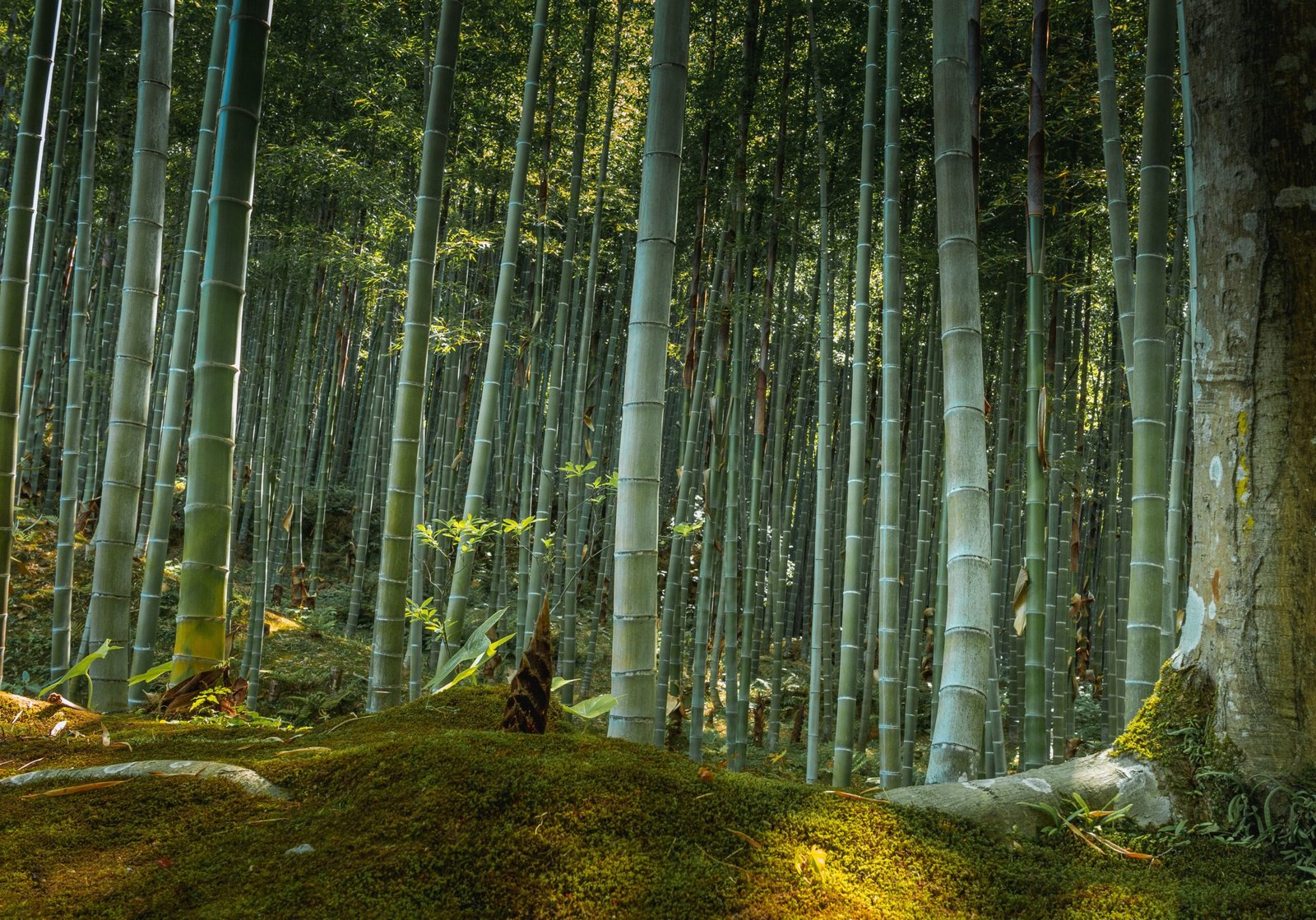
The field of ecoacoustics is shaking up how we study nature. Instead of relying solely on what we can see, researchers are now tuning into the soundscapes of wild places. This science listens to everything—from the hum of insects to the rumble of distant thunder. By recording and analyzing these sounds, scientists can build maps of entire habitats. It’s like switching from black-and-white TV to full surround sound. Suddenly, every croak, chirp, or howl becomes a clue to the health of an ecosystem. Ecoacoustics makes it possible to “see” the forest, not with sight, but through the orchestra of life itself.
How Sound Paints a Picture of Nature
Imagine a painter swapping his brushes for microphones. In ecoacoustics, microphones scatter across forests, wetlands, or coral reefs, capturing hours of sound. These recordings are then turned into spectrograms—colorful charts that display the frequency, volume, and timing of sounds. Each animal, from a roaring lion to a buzzing bee, leaves a unique signature. When scientists analyze these patterns, they can identify species, count individuals, and even track their movements. It’s like reading a secret language, where every chirp and whistle tells a story about the ecosystem.
Listening to Life in the Canopy
The treetops are alive with sound, especially at dawn and dusk. Birds, monkeys, and insects all compete for airtime, creating a lively chorus that’s almost impossible to observe visually. By placing microphones high in the canopy, scientists can monitor creatures that rarely come to the ground. This has helped uncover hidden populations of rare birds and even spot the spread of invasive species. The canopy, once a mystery, is now being mapped through its melodies. It’s a little like eavesdropping on a secret meeting, except the meeting is between hundreds of wild voices.
Revealing the Secrets of the Ocean
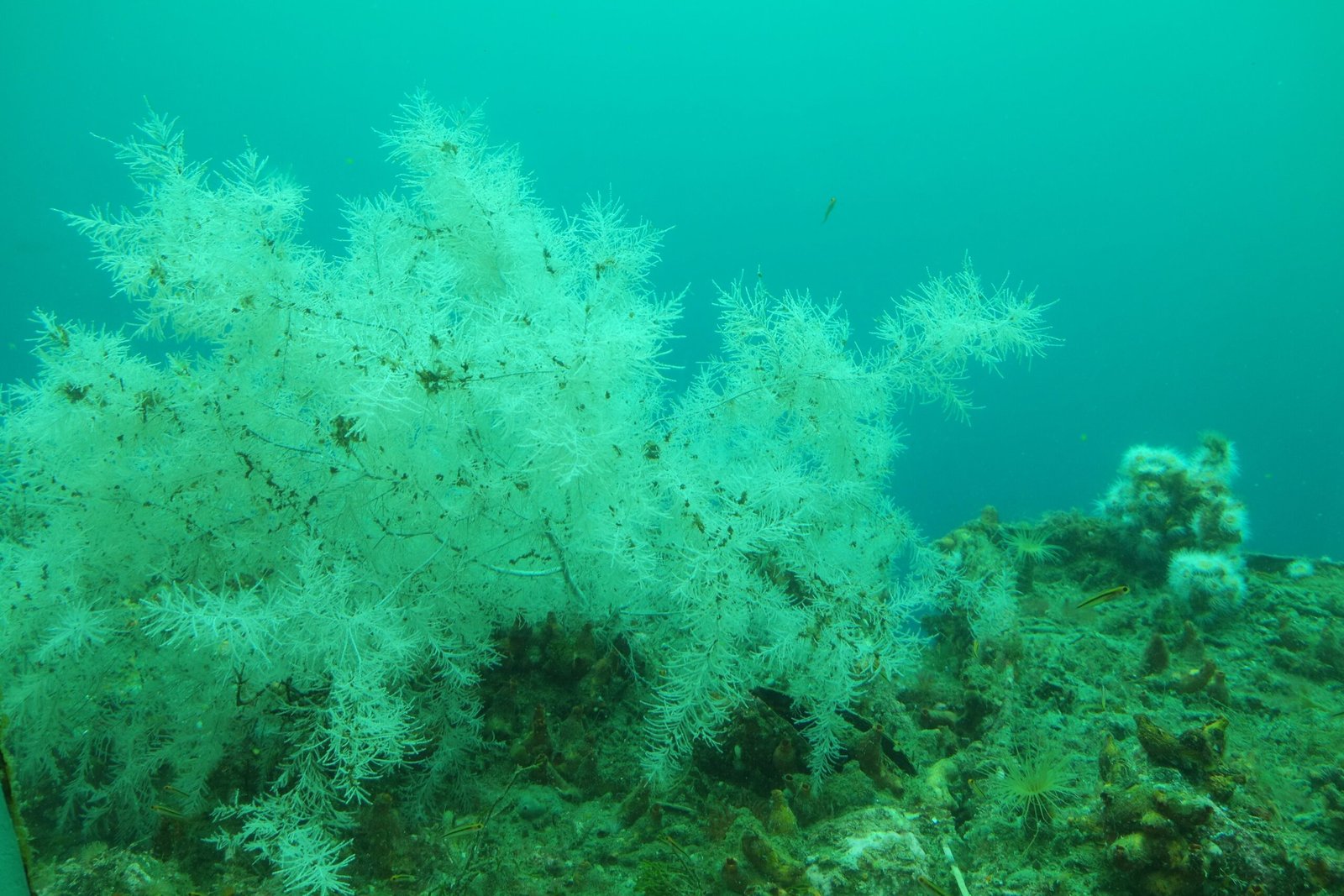
The ocean is vast and, let’s face it, mostly invisible. But sound travels far and fast underwater. Whales sing, shrimp snap, and fish grunt or croak. Scientists deploy underwater microphones called hydrophones to record this aquatic orchestra. By analyzing patterns in these sounds, researchers can pinpoint where dolphins are hunting or where coral reefs are bustling with life. It’s a way to peek into the secret lives of marine creatures, and to track changes in the ocean’s health. Sometimes, a simple click or whistle can signal the presence of a rare or endangered species.
Tracking Elusive and Nocturnal Animals
Many animals are masters of disguise or prefer to move under cover of darkness. Traditional survey methods often miss these elusive creatures. But with sound, every rustle or call gets noticed. Scientists have used audio monitoring to track the movements of owls, frogs, bats, and even big cats that prowl silently at night. The simple placement of a recorder can reveal an entire world that’s invisible to the naked eye. This approach is revolutionizing how we monitor hard-to-find species, making it possible to protect them before they disappear.
Detecting Environmental Change Through Sound
When a forest is healthy, it’s noisy. When it’s stressed or damaged, the soundscape changes. Scientists have discovered that the variety and intensity of ecosystem sounds can signal everything from drought to deforestation. For example, a sudden drop in bird song might mean a habitat is under threat. By monitoring soundscapes over time, researchers can spot problems early, sometimes before they show up in satellite images or on the ground. It’s like a natural early warning system, alerting us when something is wrong.
Sound as a Tool for Conservation
Conservationists are embracing sound to protect threatened habitats. Audio monitoring can reveal poaching activity, illegal logging, or the return of rare species. It’s especially useful in remote or dangerous locations where people can’t always be present. By listening in, scientists and rangers can respond quickly to emergencies. It also helps measure the success of conservation projects, tracking how animal communities recover after restoration. In many cases, sound is the first hint that a once-silent forest is coming back to life.
Automated Listening: The Power of AI
Sorting through thousands of hours of jungle or ocean recordings would be impossible without help. Enter artificial intelligence. Modern algorithms can sift through audio files, picking out individual species or unusual events. This automation is a game-changer—it means scientists can monitor huge areas without ever setting foot there. AI can even spot trends or predict changes, making ecoacoustics a powerful tool for the 21st century. It’s like having a superhuman set of ears, tuned to the subtle rhythms of nature.
Case Study: The Borneo Rainforest
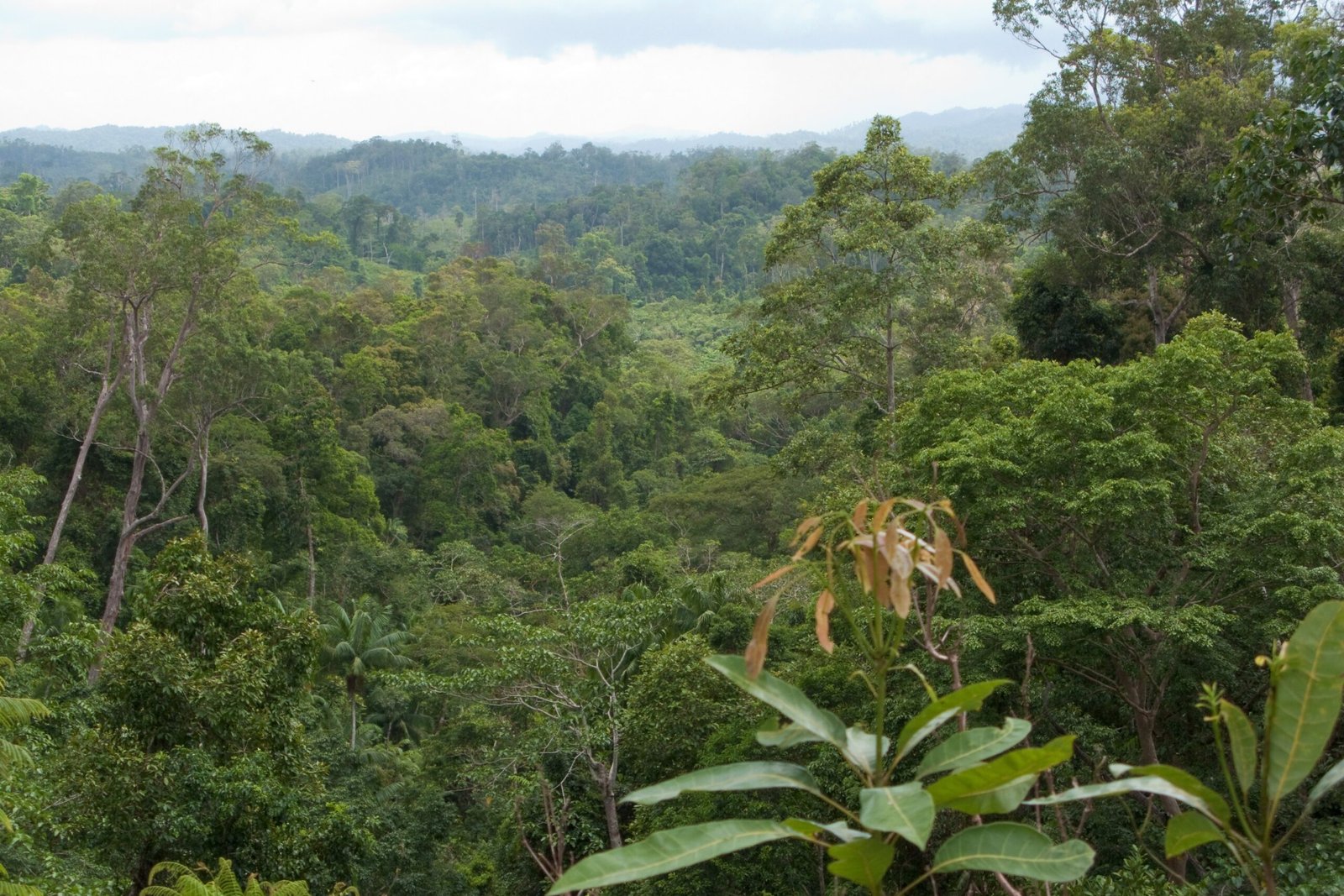
In Borneo, scientists set up audio recorders to monitor some of the world’s most biodiverse forests. They found that logging and palm oil plantations changed the entire soundscape. Certain bird and frog calls vanished, replaced by the drone of machinery or silence. By mapping these changes, researchers could pinpoint areas most in need of protection. The Borneo project proved that sound not only tells us what’s there, but also what has been lost—and what can be saved.
Sound Mapping in Urban Environments
Nature isn’t only found in wild places. Urban ecologists are now using sound to map the health of city parks, gardens, and even backyards. The chatter of urban birds, the buzz of insects, and even the hum of traffic create a unique city soundscape. By studying these sounds, scientists can spot pockets of biodiversity or track how wildlife adapts to city life. It’s a fascinating reminder that nature and civilization are always in conversation, even if we don’t always hear it.
Climate Change Heard Through the Soundscape

Rising temperatures, droughts, and shifting seasons are changing the way ecosystems sound. Birds may sing earlier in spring, frogs call less often during dry spells, and new species move into areas once too cold for them. Scientists are now using long-term audio recordings to track these changes, building a sonic diary of climate impacts. This approach offers a new way to measure the pulse of our changing planet—one that’s immediate, emotional, and impossible to ignore.
Giving a Voice to the Voiceless
Small creatures—like insects, frogs, and bats—play crucial roles in ecosystems but are often overlooked. Ecoacoustics brings their stories to the forefront. The hum of bees, the click of beetles, or the distant croak of a frog can reveal the health of entire ecosystems. By listening, scientists give these tiny creatures a voice in conservation decisions. It’s a reminder that even the smallest sounds matter in the grand symphony of life.
Challenges and Surprises Along the Way
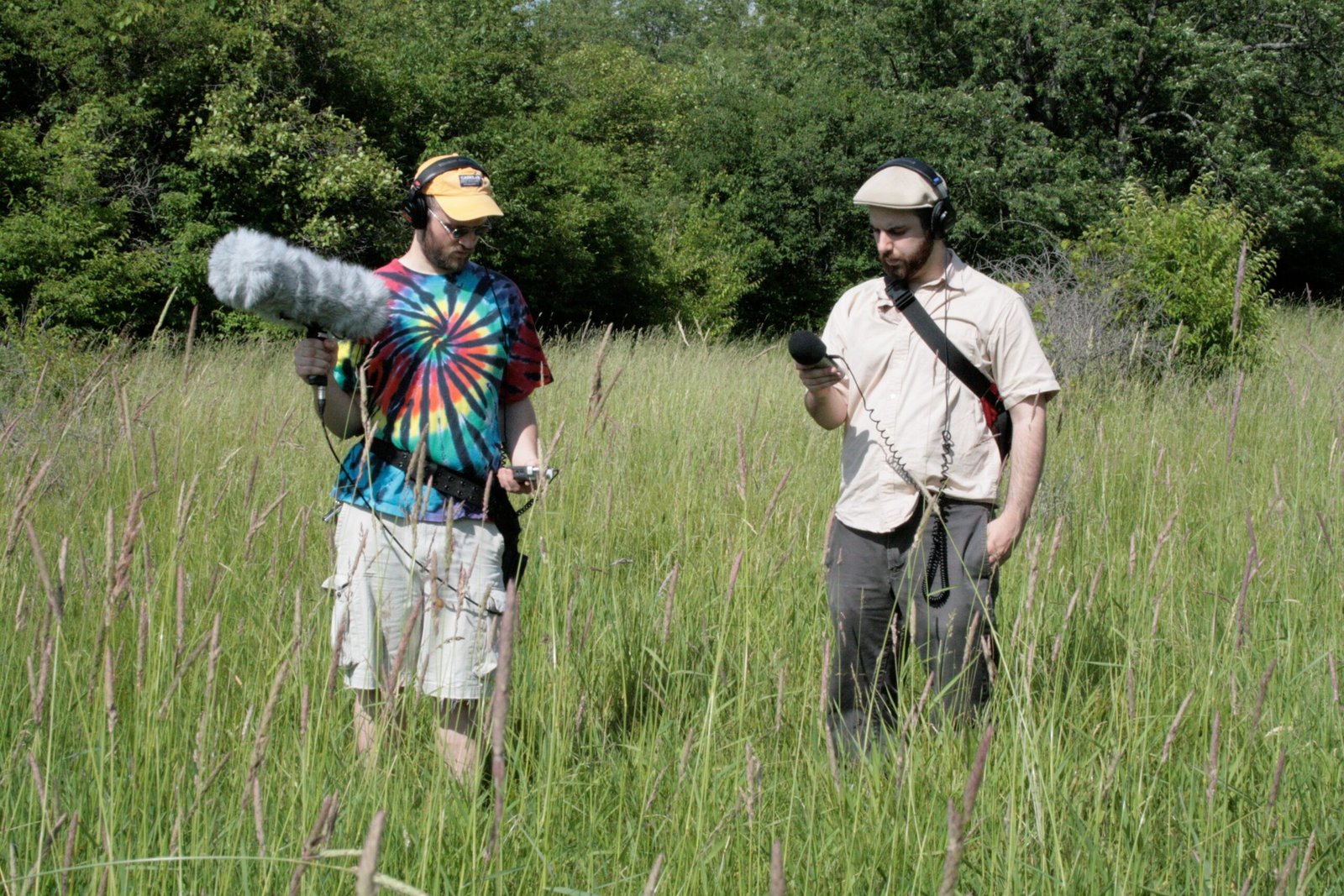
Sound mapping isn’t always easy. Wind, rain, and human noise can all get in the way. Some animals are surprisingly quiet, or their calls blend into the background. Yet, these challenges often lead to new discoveries. For example, researchers have accidentally recorded previously unknown species or heard behaviors never seen before. Every hiccup in the process can spark a new question or reveal a hidden story. The unpredictability keeps the science lively and endlessly fascinating.
Citizen Science: Everyone Can Listen
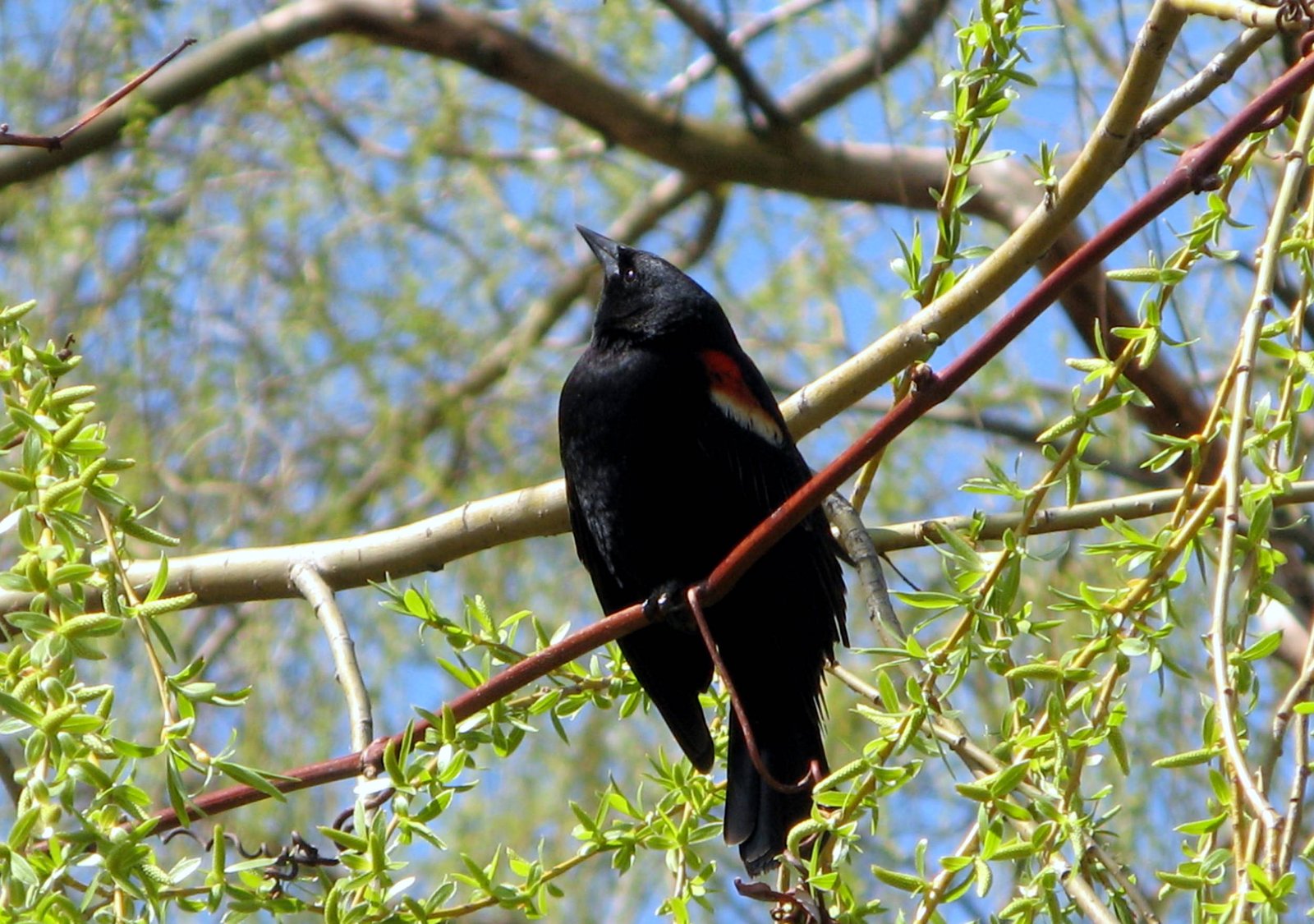
You don’t have to be a professional scientist to join in. Citizen science projects now invite people to set up audio recorders in their backyards or local parks. These crowd-sourced recordings are helping map biodiversity in places scientists can’t reach. It’s a wonderful way for families, students, or anyone with curiosity to tune into their local environment. The more ears listening, the richer the map becomes.
Education Through Sound
Teachers and nature centers are embracing sound to inspire the next generation of scientists. Listening to the calls of wolves, the drumming of woodpeckers, or the bubbling of streams can ignite curiosity in children and adults alike. Audio tours, sound walks, and interactive apps make learning about ecosystems more immersive and memorable. After all, sometimes the best way to care about nature is simply to hear its story.
Technology: From Bulky Recorders to Pocket Devices
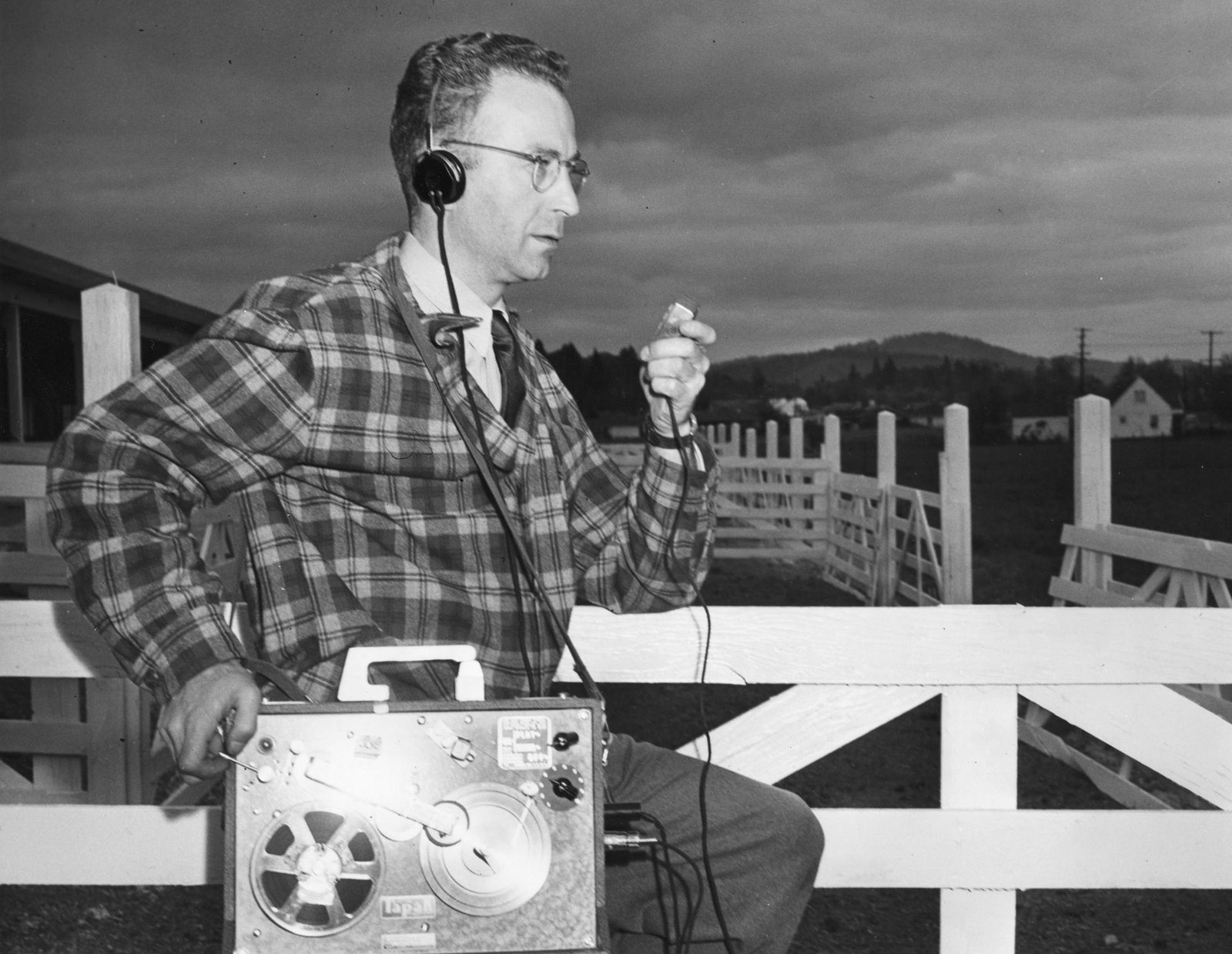
Gone are the days when researchers hauled heavy tape recorders into the field. Today, tiny, weatherproof microphones can be hidden in trees, strapped to buoys, or attached to drones. Many of these gadgets run for weeks on a single battery and can transmit data instantly to researchers anywhere in the world. This leap in technology has made sound mapping affordable and accessible, opening doors for projects on every continent.
The Symphony of Restoration
When habitats are restored—whether replanting forests or cleaning up rivers—the first signs of recovery often come through sound. New bird songs, frog calls, and insect buzzes signal that life is returning. Ecoacoustics gives conservationists a way to measure progress not just by what grows back, but by what sings, croaks, or hums. It’s like hearing hope return, note by note.
Indigenous Knowledge and the Listening Tradition
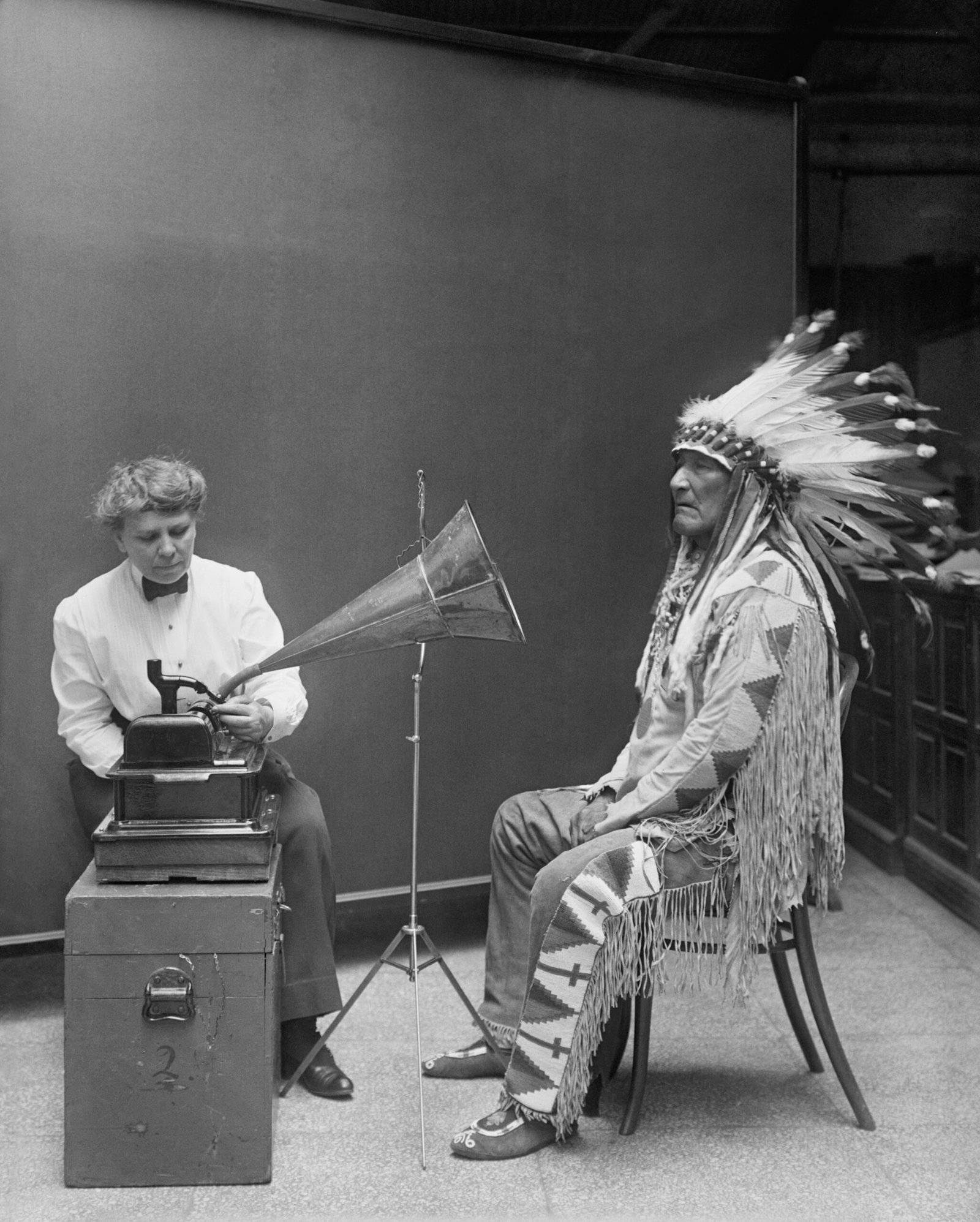
Long before microphones and computers, Indigenous peoples used sound to understand and navigate their environments. Songs, stories, and traditional listening practices offer a rich perspective on local ecosystems. Now, scientists are partnering with Indigenous communities, blending traditional knowledge with modern tech. This collaboration enriches both science and culture, ensuring that the symphony of nature is heard in full harmony.
Sound Mapping for the Future
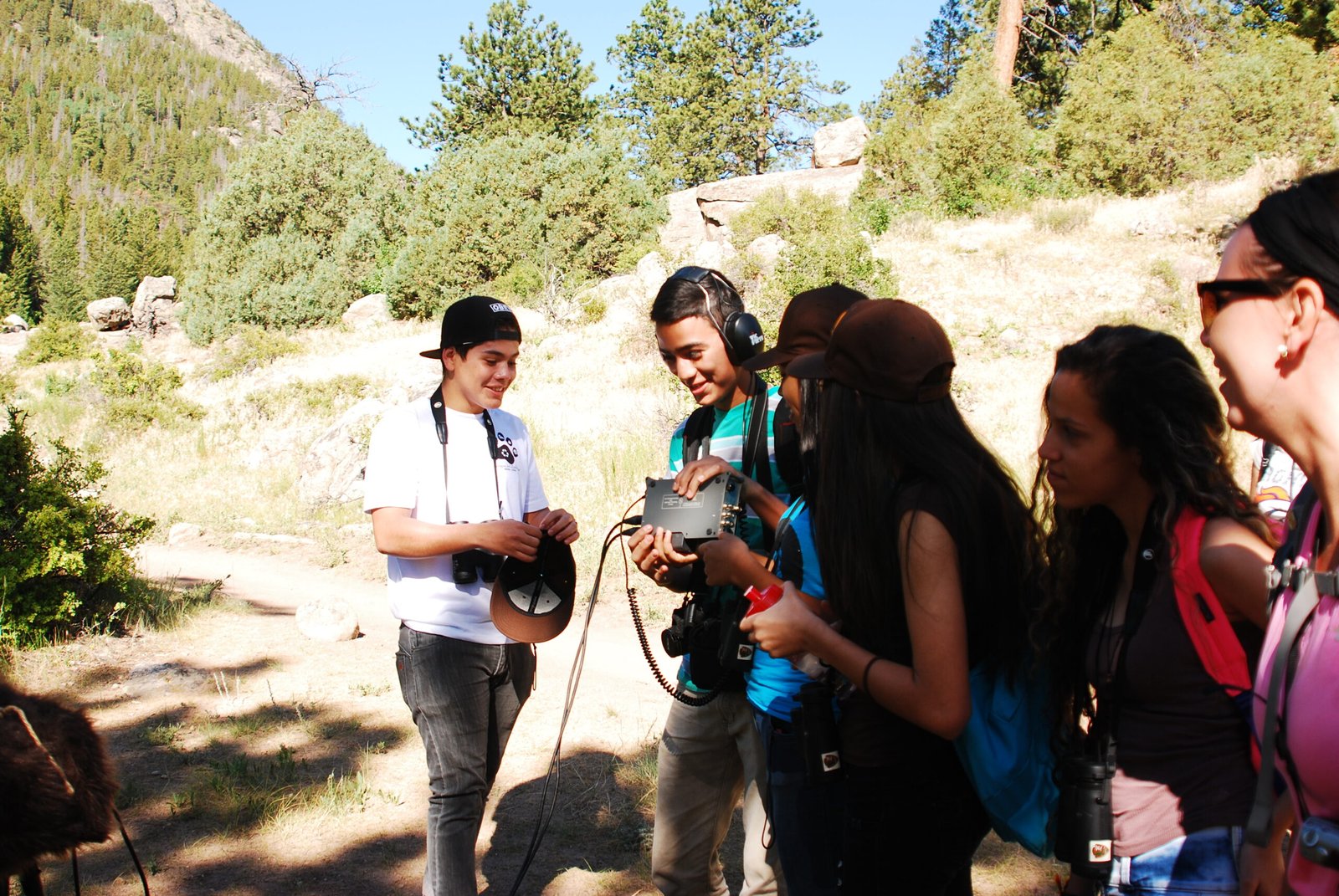
As the world changes faster than ever, sound mapping offers a way to keep pace. It provides real-time, detailed insights into ecosystems under threat. With expanding networks of recorders and smarter AI, we can monitor vast areas continuously and non-invasively. Listening may soon become the most powerful tool we have to protect what remains—and to rebuild what’s been lost.
A New Way to Connect With Nature
The next time you step outside, close your eyes and listen. The world is alive with stories, dramas, and mysteries that sight alone can’t capture. Scientists mapping ecosystems with sound are showing us that sometimes, the best way to understand nature is simply to hear it. This revolution in listening isn’t just about research—it’s about rekindling our ancient, instinctive bond with the wild. What might you hear if you really started to listen?

